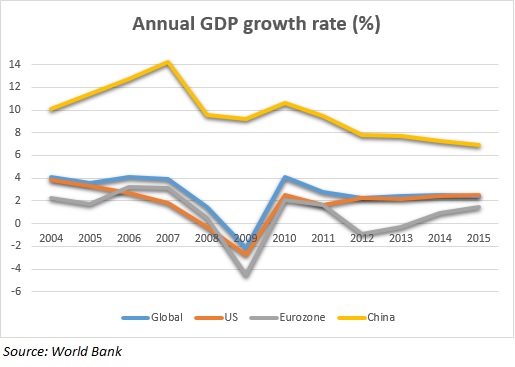 Gina Miller, founder, SCM DirectUK Prime Minister David Cameron’s announcement last year
that he wished to “end the gender pay gap in a generation” sounded like a giant
step forward for womankind.
Gina Miller, founder, SCM DirectUK Prime Minister David Cameron’s announcement last year
that he wished to “end the gender pay gap in a generation” sounded like a giant
step forward for womankind.
Companies with more than 250 employees will have to publish the difference between the average pay of their male and female employees, the prime minister stated.
There was supposedly good news, also, when elder industry statesman Lord Mervyn Davies announced in October that FTSE 100-listed companies had reached his stated target to have women in 25% of board positions.
This move on gender diversity ought to have won my enthusiastic applause as a woman of color who has worked in financial services since 1992, founded a wealth management company in 2009 as a reaction to the financial crisis, campaigned for transparency and ethics in the City, was a working single mom for more than nine years, and is now the mother of three.
But my handclapping is slow.
The prime minister and media focus on a few supposed shining examples of female success in the City. What Cameron (who once told a female politician in the House of Commons to “calm down, dear”) does not see or acknowledge is the institutionalized prejudice and barriers that still exist in the City and the corporate world.
In March 2015, Eurostat published data ahead of International Women’s Day that showed the UK has the sixth-largest pay gap between men and women out of 30 countries in the European Union. UK women earned an average of 19.7% less than men, compared to a 15.2% gap in France and 14.4% in Ireland. One reason for this is that the ‘old boys’ network’ is still in place.
In my view, some of the great standard-bearers for diversity in the City—so beloved by the media and Cameron—are hindering the debate, not helping. Nor are they succeeding in inspiring other women to enter the corporate world and also progress up the ladder.
They may wear dresses but they come from the same gene pool as the men that dominate and, as such, are not the exceptions to the rule—they are the rule. Prejudice and money are paramount in the financial sector and companies are still limiting the thinking, reforms, and structural changes needed to attract and retain female talent.
The aim to get more women on boards may have succeeded, but just bringing in women and giving them non-executive director roles does not mean they are being recognized and promoted internally. I cannot help but think those non-execs are making up the numbers, not making the decisions.
“Some of the great standard-bearers for diversity in the City are hindering the debate, not helping.”There are examples of other successful women who have blamed any failures on sexism—this does the sisterhood absolutely no favors at all. These women risk damaging the prospects of talented females as well as people from diverse backgrounds that we so desperately need.
I am always more interested in action than words: Where is the succession planning? Where is the mentoring, and the will to put in place the structural and cultural machinery so desperately needed to close persistent diversity gaps? Where are all the incredibly bright young women going when they leave school and university?
By narrowing the debate to just women, we distract attention away from the lack of diversity in ethnic minorities and social backgrounds. Data for 2014 show that the percentage of people from ethnic minorities in the City went down from 6% to just 4%.
After 23 years in business, I still despair when I attend conferences or speak on panels, debates, or roundtables. I find that I am often one of only a handful of women, and frequently the only ethnic minority person.
Inequality is a real issue and is hindering competitiveness. While there is much that needs changing, a good place to start is recruitment. Recruitment has to be a fair and more transparent process, one that cuts out unconscious bias. It could mean using diverse selection panels and, more importantly, tapping into more diverse talent pools.
Without a pipeline, there will be too few people from diverse backgrounds to promote to positions of influence and management.
The evidence is clear: Diverse teams make better decisions and deliver better results. Clearer employee data, improved recruitment processes, and a reinvigorated focus on business culture will all pay dividends—whatever the size of your company.
These changes should benefit all employees,
including women—and employers, too. We need to have real debates, real
solutions, real reform, and real role models.
Gina Miller is founder of SCM Direct, MoneyShe, True and Fair Campaign, and the True and Fair Foundation.

